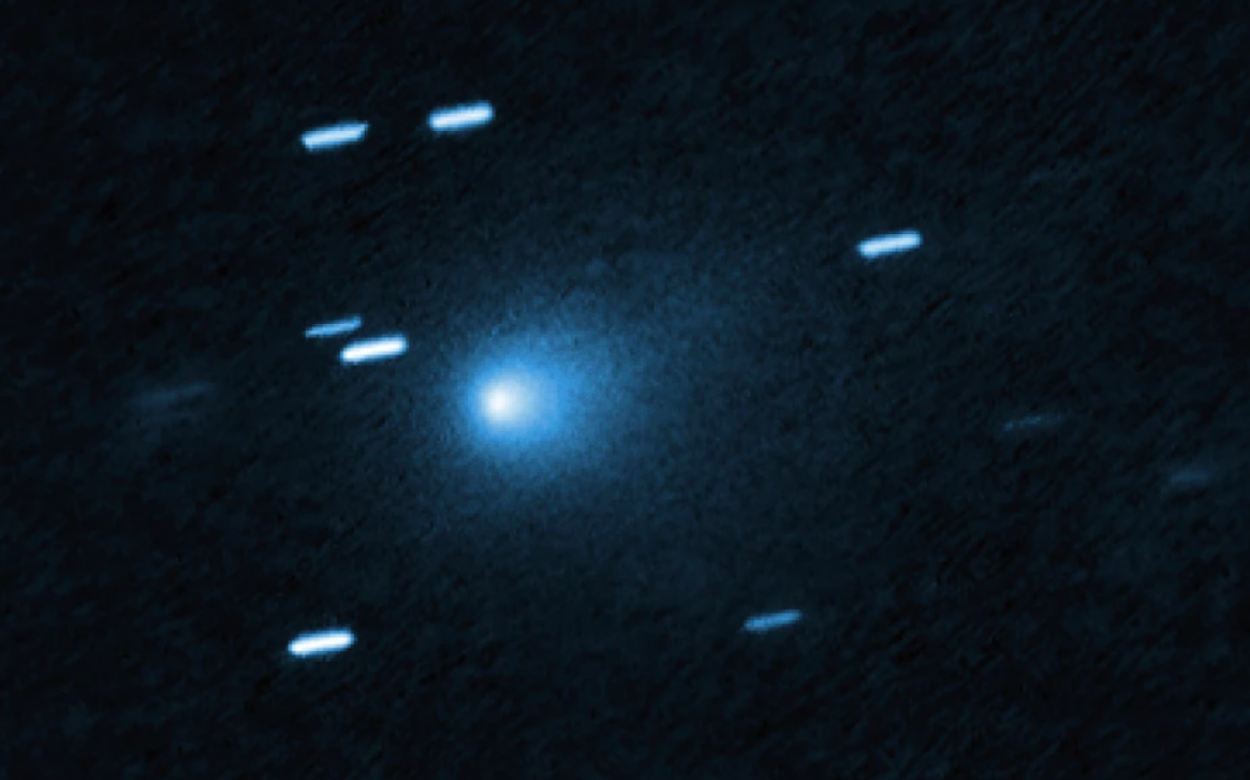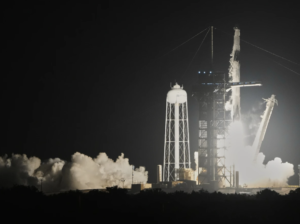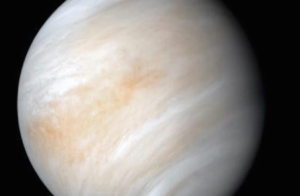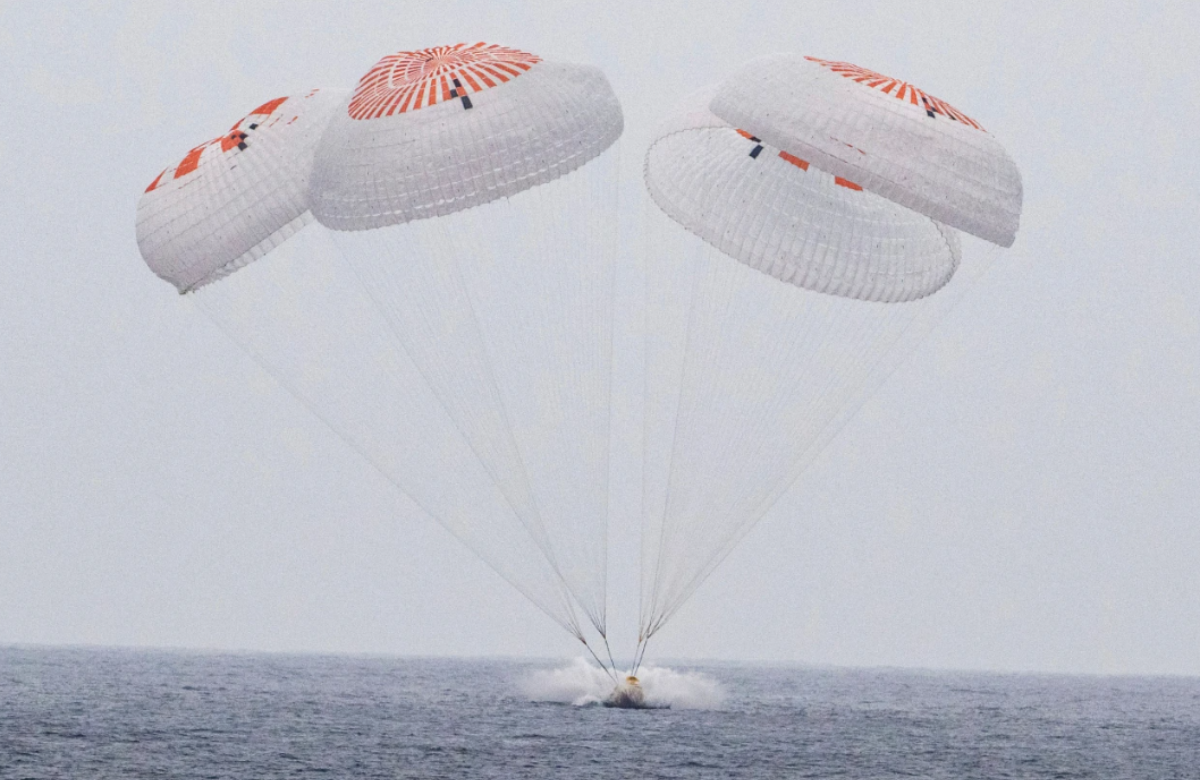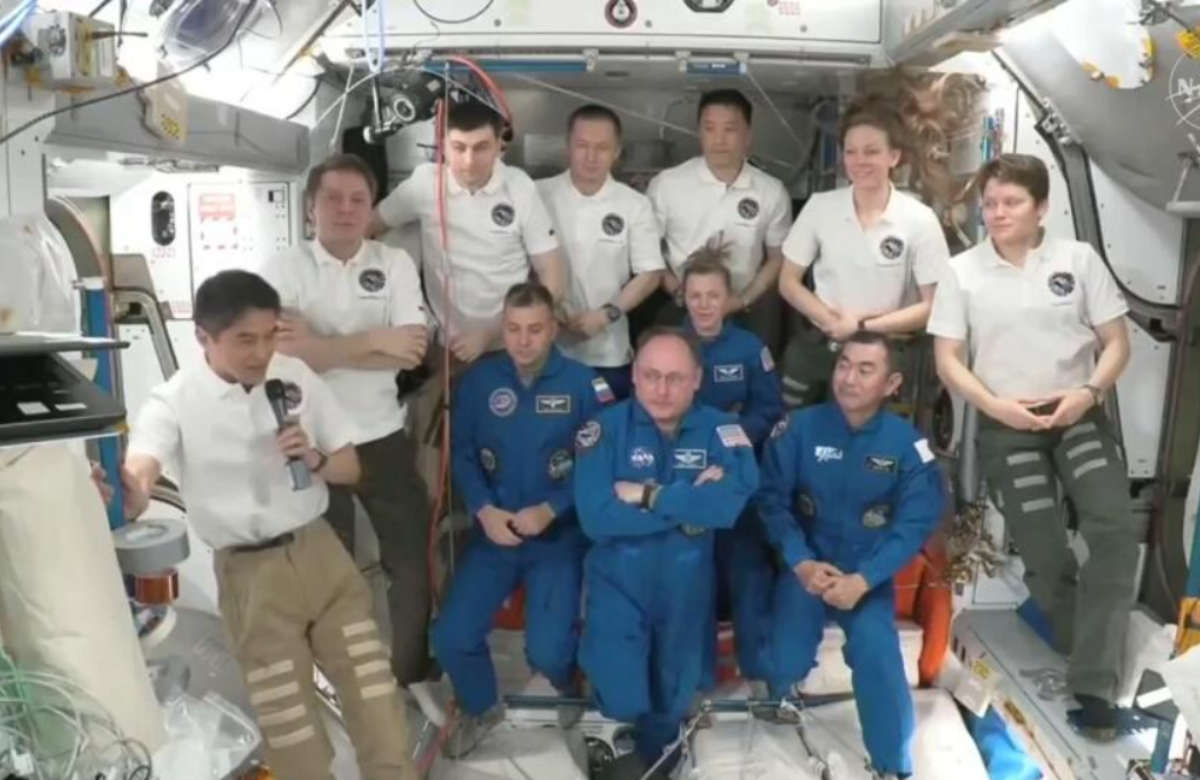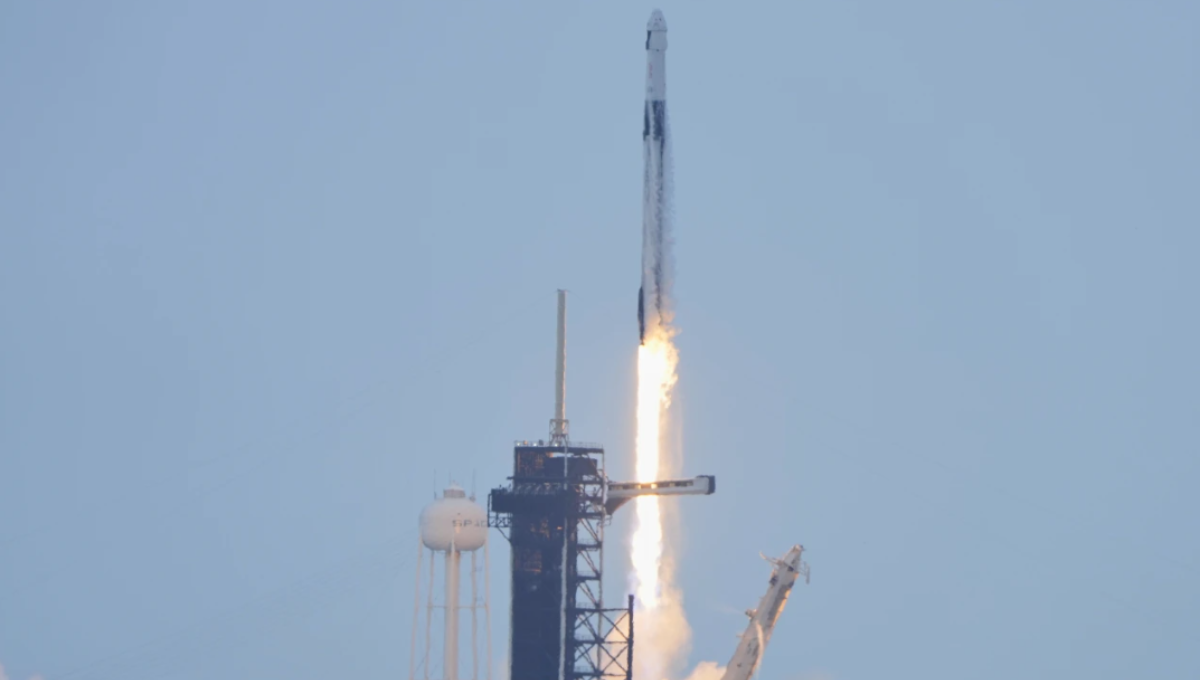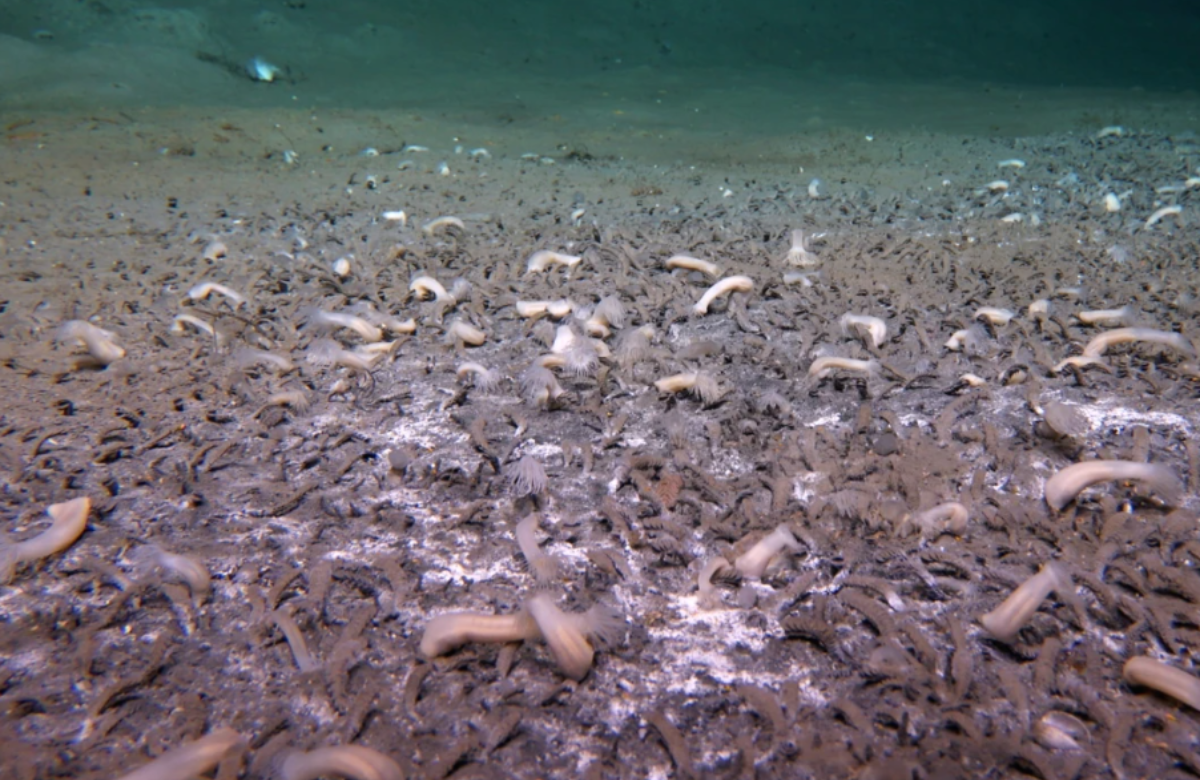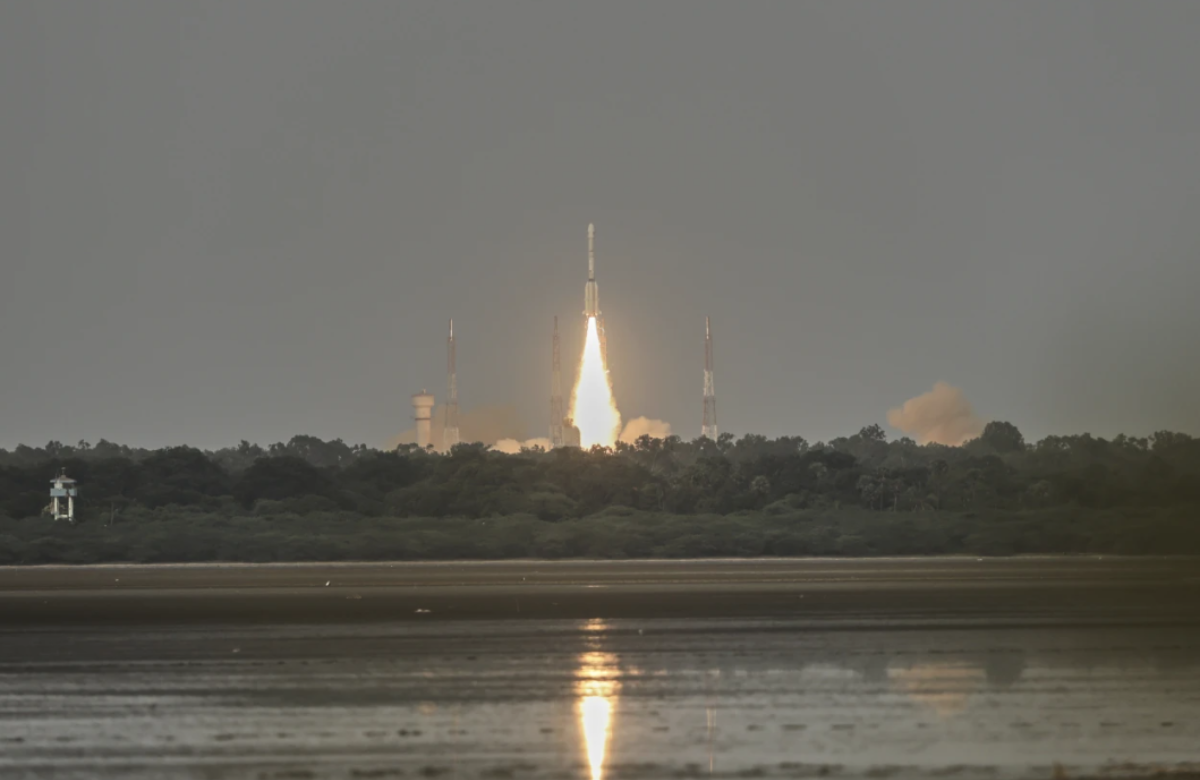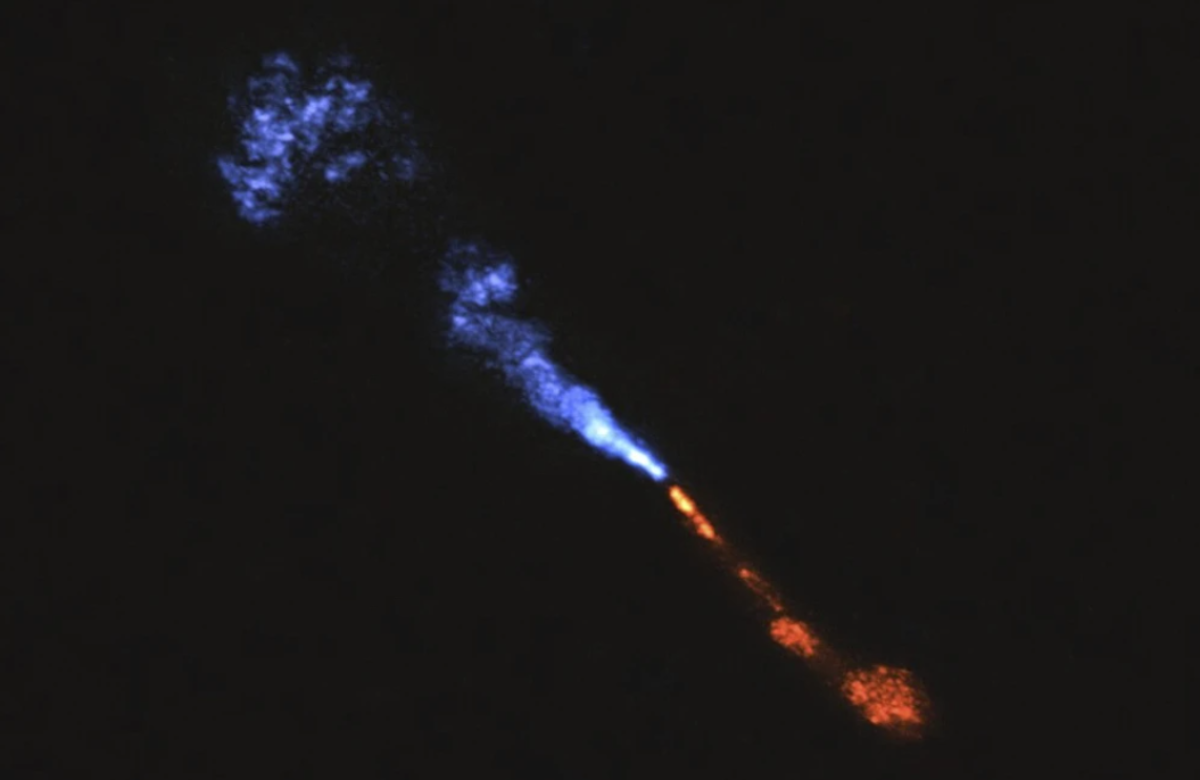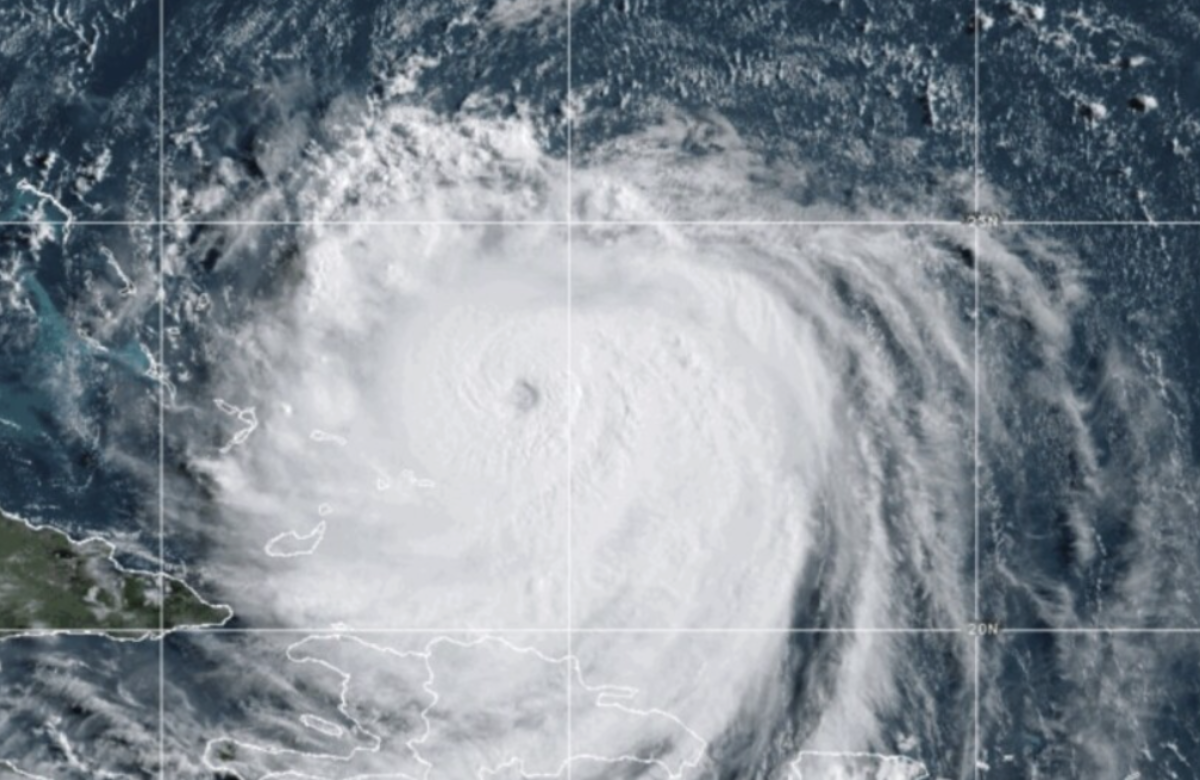The Hubble Space Telescope has taken its clearest image so far of a high-speed comet traveling through our solar system from beyond another star.
NASA and the European Space Agency unveiled the new photos on Thursday.
Discovered last month by a Chilean telescope, the comet named 3I-Atlas is only the third known object from outside our solar system to pass by and poses no danger to Earth.
Initial estimates suggested its icy core could span several miles (tens of kilometers), but Hubble’s detailed observations have refined that size to no more than 3.5 miles (5.6 kilometers), with some scientists saying it might be as small as 1,000 feet (320 meters).
Moving at an astonishing speed of 130,000 mph (209,000 kph), the comet will pass closer to Mars than Earth, maintaining a safe distance from both planets. When Hubble captured the images a few weeks ago, 3I-Atlas was about 277 million miles (446 million kilometers) away.
The telescope revealed a teardrop-shaped cloud of dust surrounding the comet’s nucleus and a faint dusty tail trailing behind it.
Also Read:
Astronomers observe planet formation around a young sun-like star beyond our solar system
India and NASA Launch Radar Satellite to Monitor Tiny Shifts in Earth’s Land and Ice
